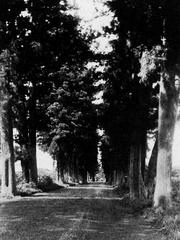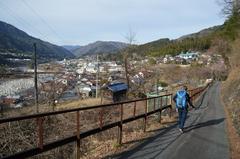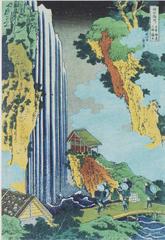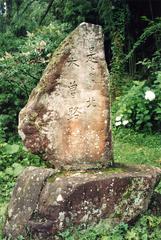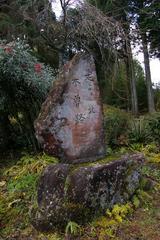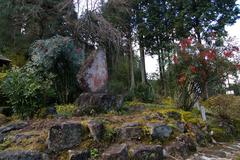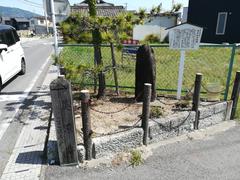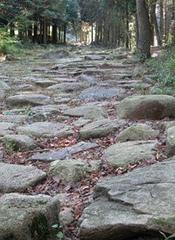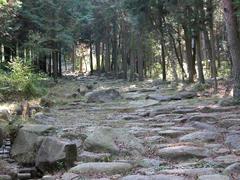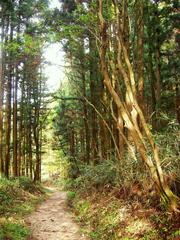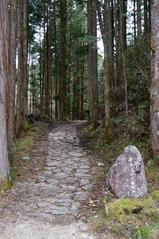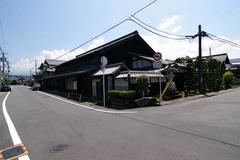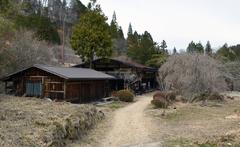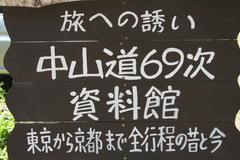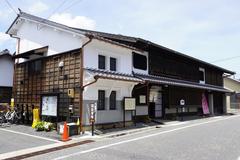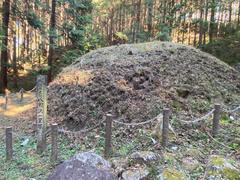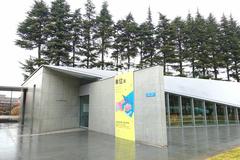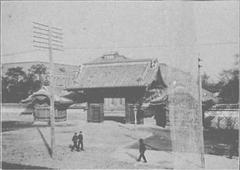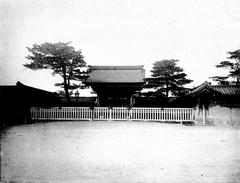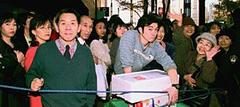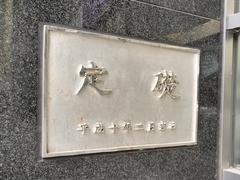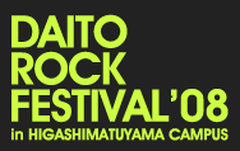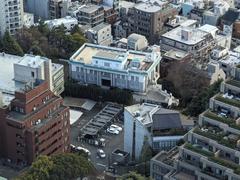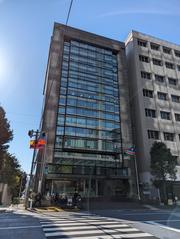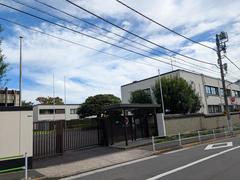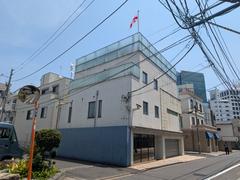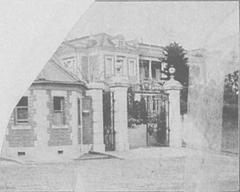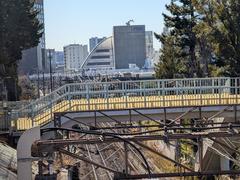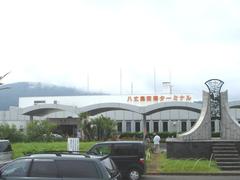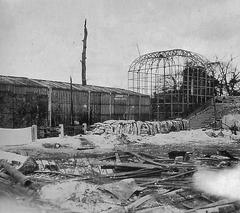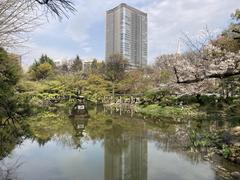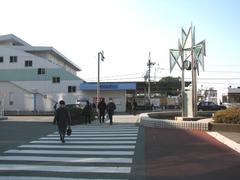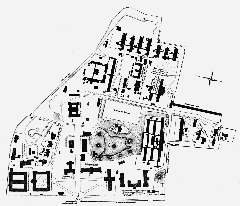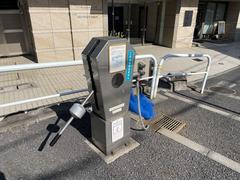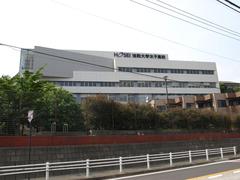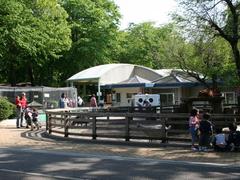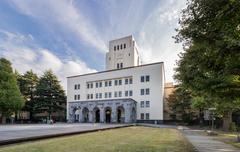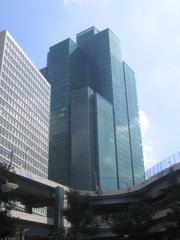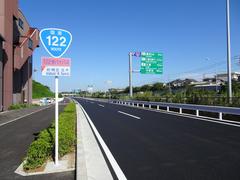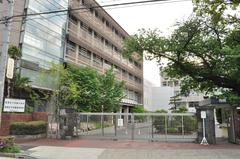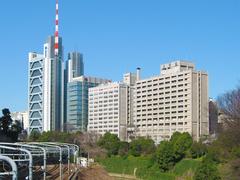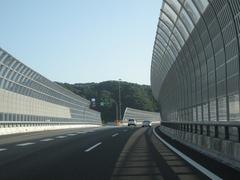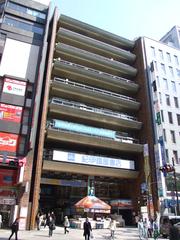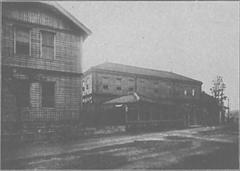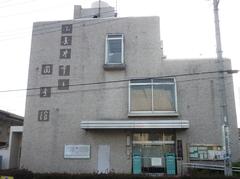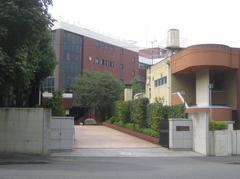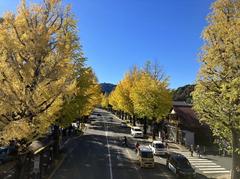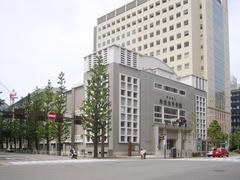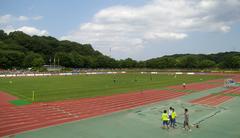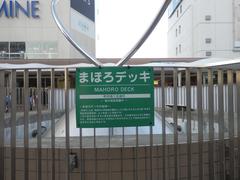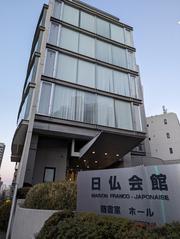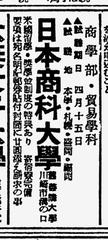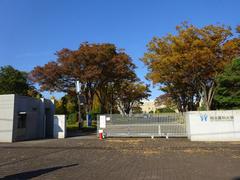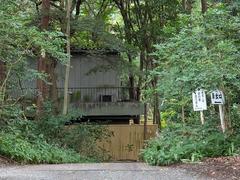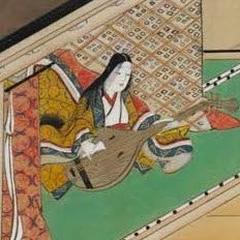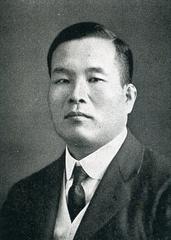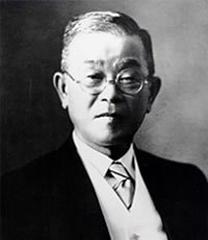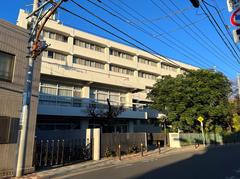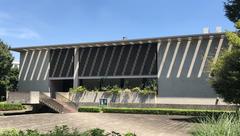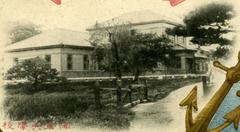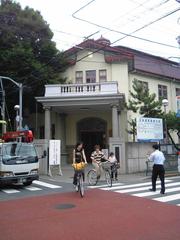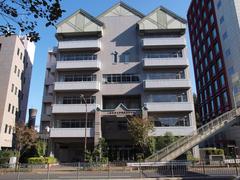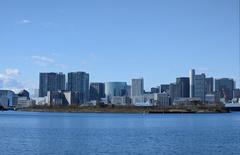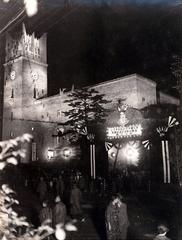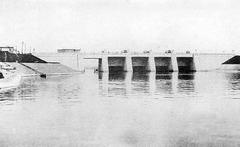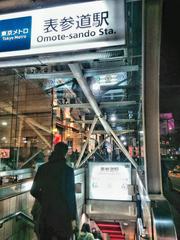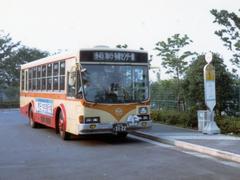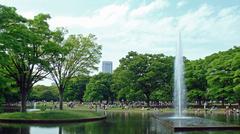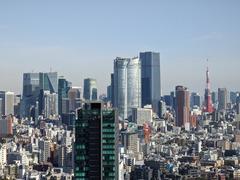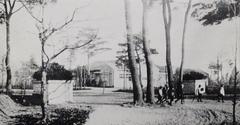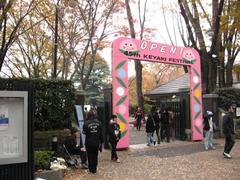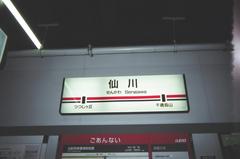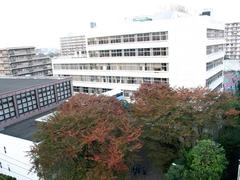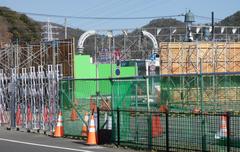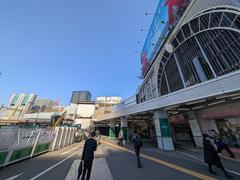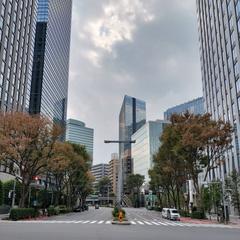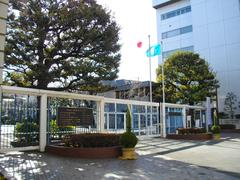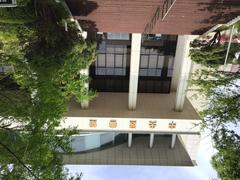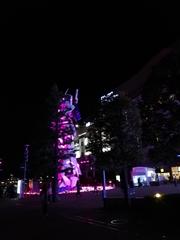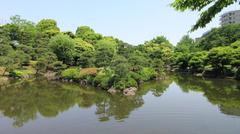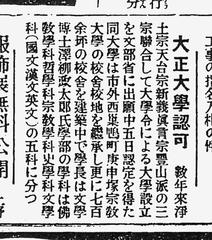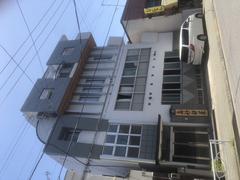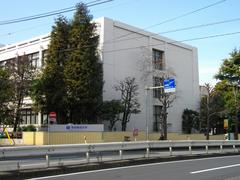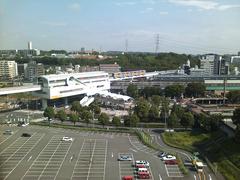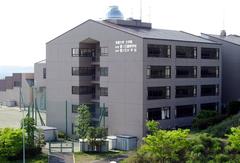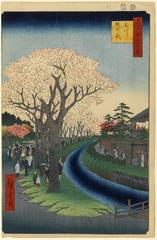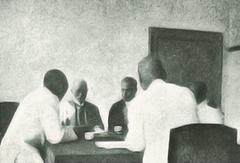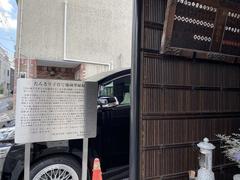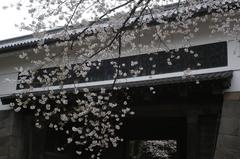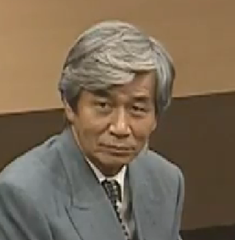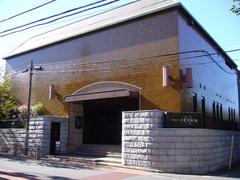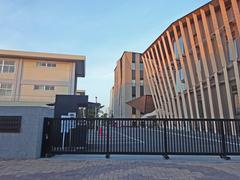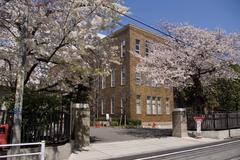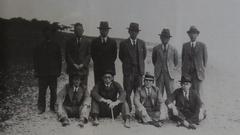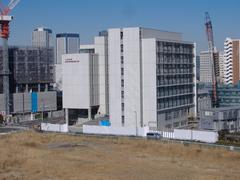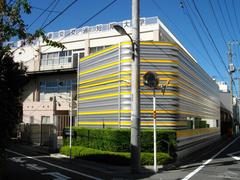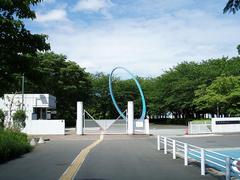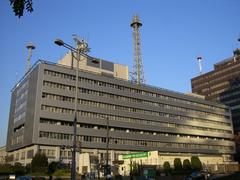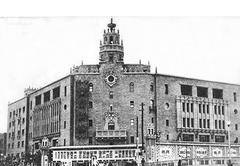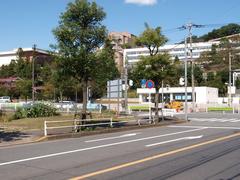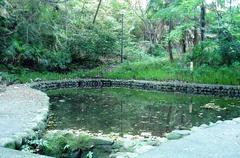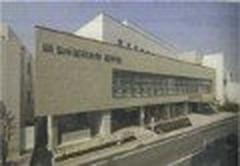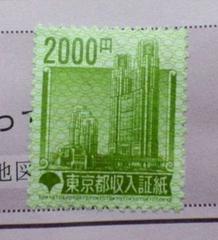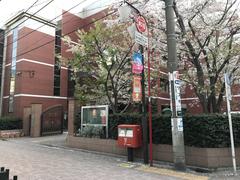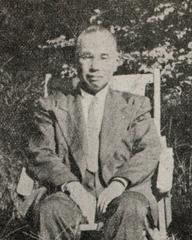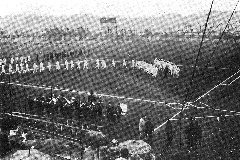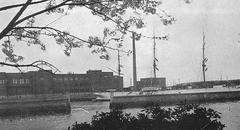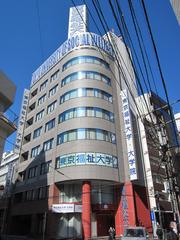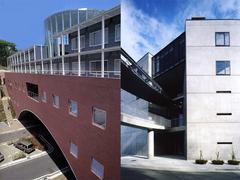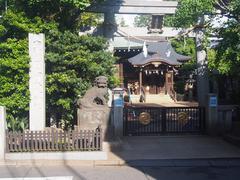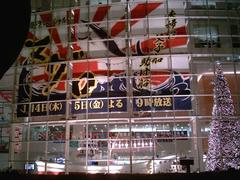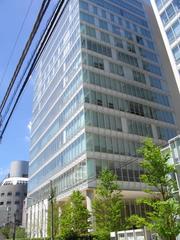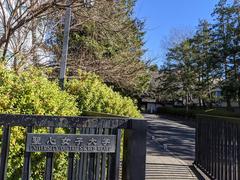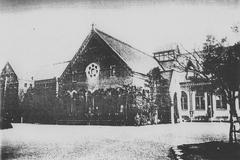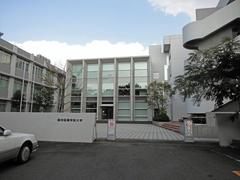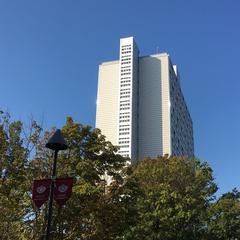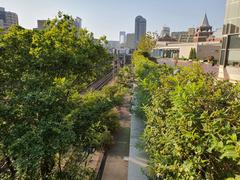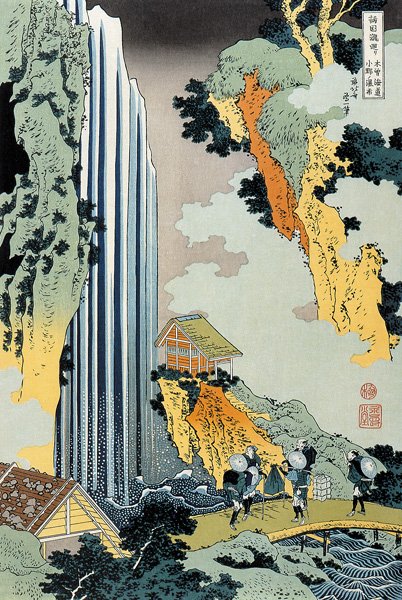
Visiting Hours and Tickets for Jizo Dori in Tokyo
Published Date: 18/07/2024
Introduction to Jizo Dori
Jizo Dori, also known as the ‘Guardian Deity of Children Street,’ is a historic and culturally rich destination in Tokyo, Japan. Situated in the Nakameguro district and flanking the western side of Sensō-ji Temple, Jizo Dori offers visitors a unique opportunity to delve into the heart of Tokyo’s Edo period past. The street’s name is derived from the presence of a Jizo statue within the grounds of Koganji Temple, making it a beacon of spiritual significance. Historically, Jizo Dori evolved into a bustling marketplace during the Edo period (1603-1868), benefiting from its strategic location near the Sumida River, a vital transportation artery at the time (source). Over the centuries, despite periods of modernization, Jizo Dori has managed to retain its traditional wooden architecture and charm, offering a glimpse into the architectural aesthetics of the Edo period. Today, it stands as a testament to Tokyo’s rich history, seamlessly blending the old with the new. Visitors can enjoy a variety of experiences, from traditional shops selling crafts and snacks to modern cafes and boutiques. The street also hosts various events and guided tours, providing deeper insights into its historical and cultural significance. Whether you’re interested in photography, shopping, or simply soaking in the atmosphere, Jizo Dori offers a captivating and immersive experience for all.
Table of Contents
- [Origins in the Edo Period](#origins-in-the-edo-periodorigins-in-the-edo-period)
- [Jizo Dori as a Bustling Edo Marketplace](#jizo-dori-as-a-bustling-edo-marketplacejizo-dori-as-a-bustling-edo-marketplace)
- [Transformation and Preservation](#transformation-and-preservationtransformation-and-preservation)
- [Jizo Dori Today - A Blend of Past and Present](#jizo-dori-today---a-blend-of-past-and-presentjizo-dori-today---a-blend-of-past-and-present)
- [Visitor Information](#visitor-informationvisitor-information)
- [Special Events and Guided Tours](#special-events-and-guided-toursspecial-events-and-guided-tours)
- [Photographic Spots](#photographic-spotsphotographic-spots)
- [Significance for Visitors](#significance-for-visitorssignificance-for-visitors)
- [FAQ](#faqfaq)
- [Conclusion and Call to Action](#conclusion-and-call-to-actionconclusion-and-call-to-action)
- [Sources and Further Reading](#sources-and-further-readingsources-and-further-reading)
Origins in the Edo Period
Jizo Dori’s history stretches back to the Edo period (1603-1868), a time of significant growth and transformation for Tokyo, then known as Edo. During this period, Edo flourished as the seat of the Tokugawa shogunate, experiencing a surge in population and urbanization.
The street’s name, Jizo Dori, originates from the presence of a Jizo statue within the grounds of Koganji Temple, a prominent landmark situated along the street. Jizo, a beloved bodhisattva in Japanese Buddhism, is revered as the protector of children, travelers, and those in need. The statue’s presence imbued the street with a sense of spiritual significance and served as a beacon of hope and solace for the local populace.
Jizo Dori as a Bustling Edo Marketplace
As Edo grew, so did the need for commercial centers. Jizo Dori, strategically located near the Sumida River, naturally evolved into a bustling marketplace. The river, a vital transportation artery, facilitated the movement of goods and people, further solidifying Jizo Dori’s role as a commercial hub.
Merchants and artisans flocked to the area, setting up shops and stalls along the street. The air would have been filled with the calls of vendors hawking their wares, creating a lively and dynamic atmosphere. This vibrant commercial activity cemented Jizo Dori’s place as a vital part of Edo’s daily life.
Transformation and Preservation
Over the centuries, Jizo Dori, like much of Tokyo, underwent periods of transformation. The Meiji Restoration in 1868 ushered in an era of modernization, impacting the urban landscape. Yet, despite these changes, Jizo Dori managed to retain its historical charm.
The street’s traditional wooden architecture, reminiscent of the Edo period, has been carefully preserved, offering a glimpse into the architectural aesthetics of that bygone era. This commitment to preserving the past amidst a modern metropolis is part of what makes Jizo Dori so unique.
Jizo Dori Today - A Blend of Past and Present
Today, Jizo Dori stands as a testament to Tokyo’s rich history, seamlessly blending the old with the new. While the street retains its Edo-era charm, it has also adapted to the times.
The traditional shops selling crafts, snacks, and everyday goods now stand alongside modern cafes and boutiques. This harmonious coexistence of traditional and contemporary elements creates a unique and captivating atmosphere that continues to draw visitors and locals alike.
Visitor Information
- Visiting Hours: Jizo Dori is generally open 24/7, but individual shops and Koganji Temple have specific hours. Shops typically open from 10 AM to 6 PM, while Koganji Temple is open from 6 AM to 5 PM.
- Tickets: Visiting Jizo Dori is free of charge, though certain events or guided tours may require tickets.
- Travel Tips: The street is easily accessible via Sugamo Station on the JR Yamanote Line or the Toei Mita Line. Comfortable walking shoes are recommended as the street can be quite busy.
- Nearby Attractions: Explore nearby Rikugien Garden, one of Tokyo’s most beautiful landscaped gardens, or visit the Sugamo Jizo Dori Shopping Street for more traditional shopping experiences.
Special Events and Guided Tours
Jizo Dori hosts various events throughout the year, including local festivals and traditional markets. Guided tours are available and offer deeper insights into the history and cultural significance of the area. These tours often include visits to Koganji Temple and other notable landmarks along the street.
Photographic Spots
Photography enthusiasts will find plenty of picturesque spots along Jizo Dori. The traditional wooden architecture, vibrant shop fronts, and the serene atmosphere of Koganji Temple provide ample opportunities for capturing the essence of old Edo.
Significance for Visitors
For visitors, Jizo Dori offers a unique opportunity to step back in time and experience a more traditional side of Tokyo. Here’s why it’s significant:
- Historical Immersion: Walking down Jizo Dori is akin to taking a stroll through Edo-era Tokyo. The preserved architecture, traditional shops, and the enduring presence of Koganji Temple provide a tangible connection to the city’s past.
- Cultural Insight: Jizo Dori offers a window into the daily lives of ordinary Edo residents. The shops and their wares, the traditional crafts on display, and the local snacks all provide insights into the cultural fabric of that period.
- Authentic Tokyo Experience: Unlike the bustling, neon-lit streets of modern Tokyo, Jizo Dori offers a more authentic, less commercialized experience. It’s a place to wander, soak in the atmosphere, and perhaps even find a unique souvenir.
FAQ
- What are the visiting hours for Jizo Dori? Jizo Dori is open 24/7, but individual shops and Koganji Temple have specific hours, typically from 10 AM to 6 PM for shops and 6 AM to 5 PM for the temple.
- How much do tickets cost for Jizo Dori? Visiting Jizo Dori is free, but certain events or guided tours may require tickets.
- How do I get to Jizo Dori? Jizo Dori is accessible via Sugamo Station on the JR Yamanote Line or the Toei Mita Line.
- What are some nearby attractions? Nearby attractions include Rikugien Garden and the Sugamo Jizo Dori Shopping Street.
Conclusion and Call to Action
Jizo Dori’s historical significance, combined with its preserved charm and unique atmosphere, makes it a must-visit destination in Tokyo. It’s a place where the past comes alive, offering a glimpse into the heart of old Edo and a welcome respite from the hustle and bustle of modern Tokyo. Plan your visit today and step back in time on Jizo Dori!
For more information on Tokyo’s historical sites and travel tips, don’t forget to check out our other articles and follow us on social media for the latest updates.
Sources and Further Reading
- Japan Guide, 2024, https://www.japan-guide.com/e/e3001.html

